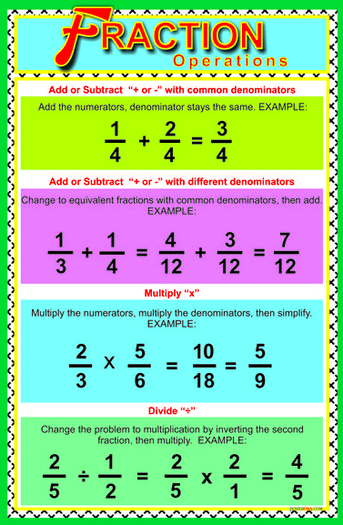1)MATH:
- Complete the adding and subtracting fractions handout
- Mark the first page with this answer key (PAGE 1) (PAGE 2) Please note that the answer key does not have the fractions in lowest terms:(
- You do not need to mark the 2nd page. We will go over it on class tomorrow
- Complete your inquiry presentations by tomorrow so you can improve it over the weekend. Follow your Going Public Criteria closely.
- Test tomorrow
4)POST A RESPONSE:
- Watch this video on how to multiply and divide fractions (click)
- Explain how to add, subtract, multiply and divide standard fractions (include an example and explanation for each rule below)
- Copy and paste the template below and then fill it in with your own words
1) To add fractions you........an example is 1/3 + 2/4 = (explain what you do here)
2) To subtract fractions you......an example is 2/3 - 1/2 = (explain what you do here)
3) To multiply fractions you......an example is 4/5 x 2/7 = (explain what you do here)
4) To divide fractions you......an example is 4/5 divided by 1/2 = (explain what you do here)
VIDEO LINK
multiplying and dividing fractions






 RSS Feed
RSS Feed
